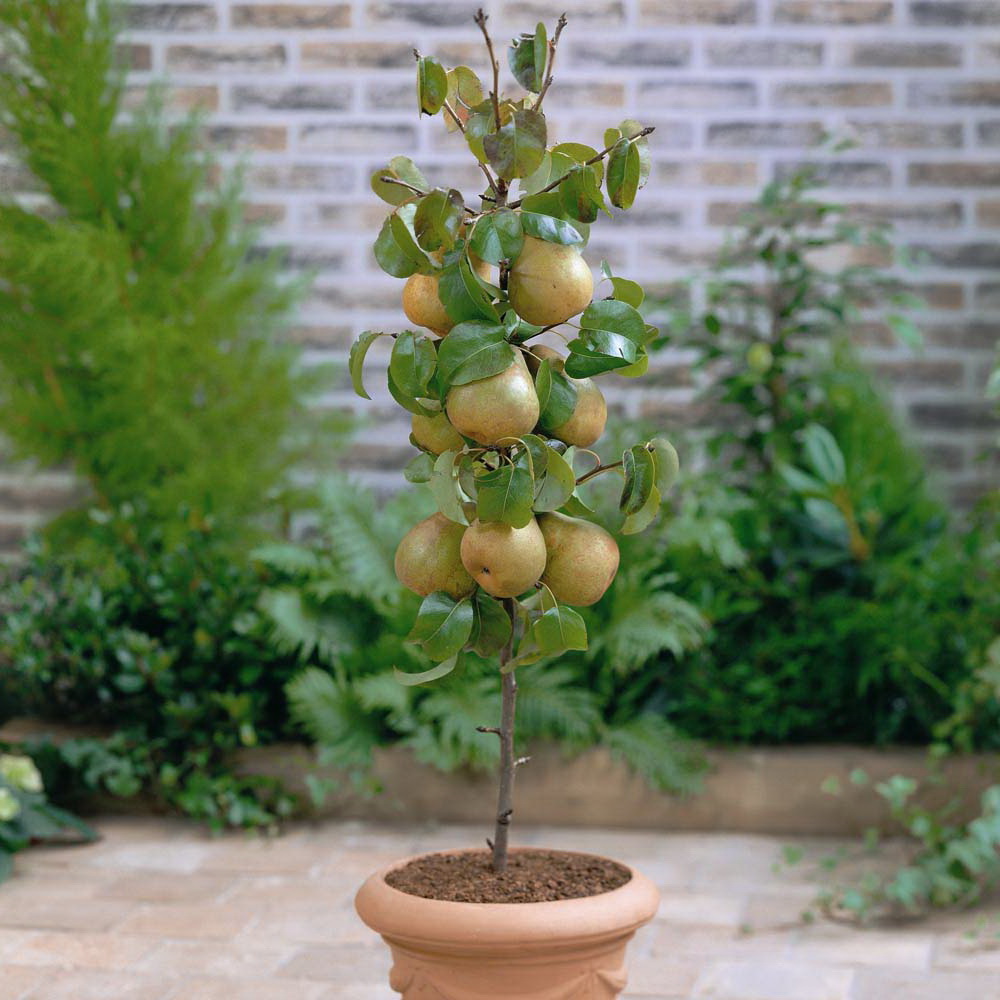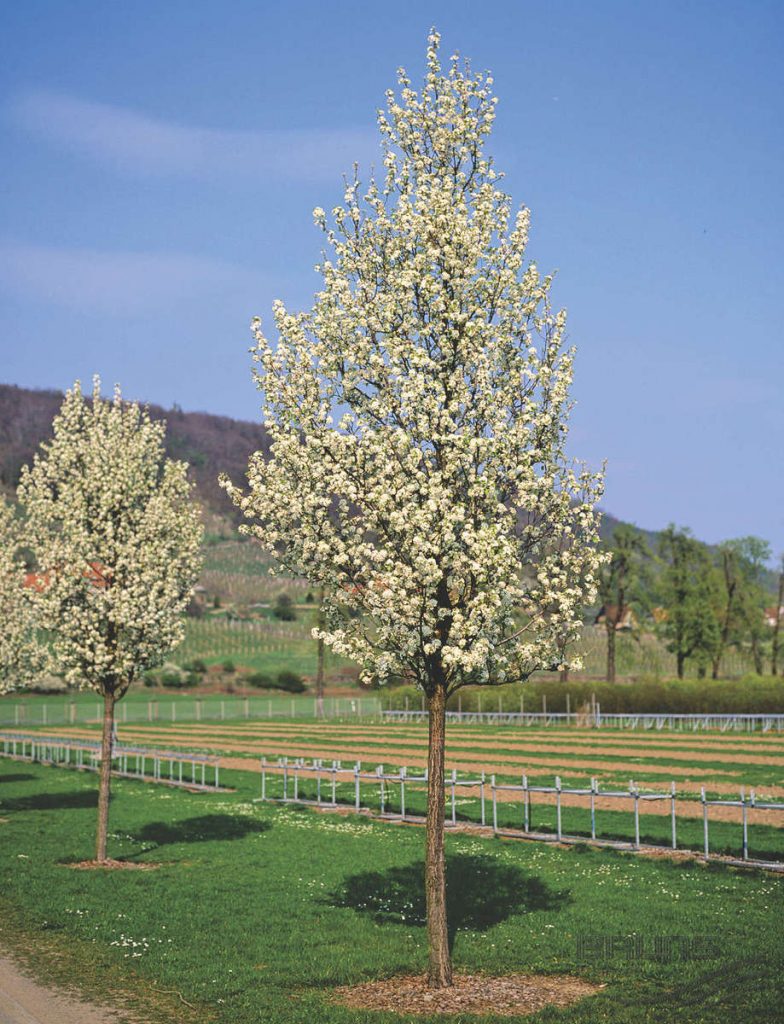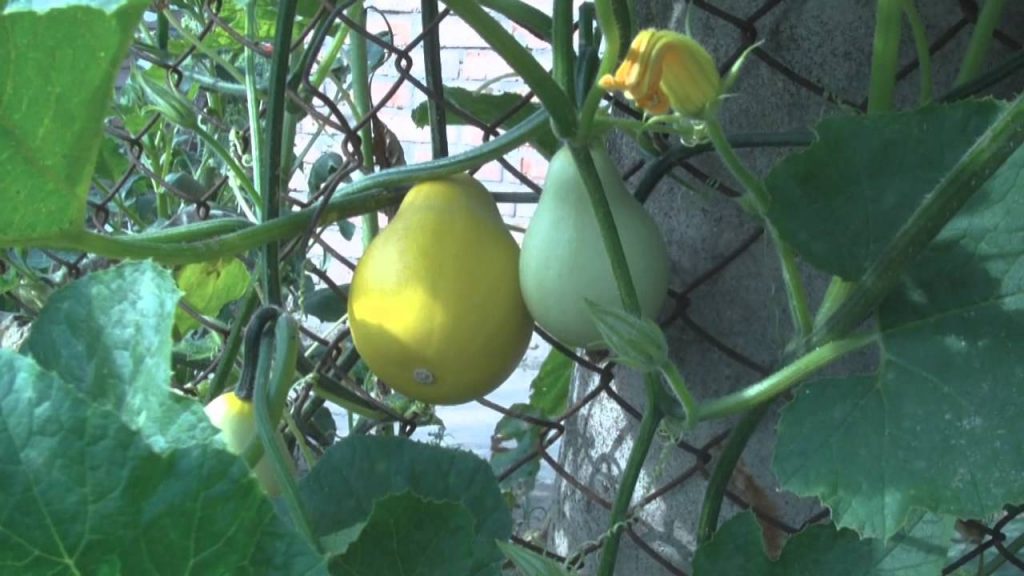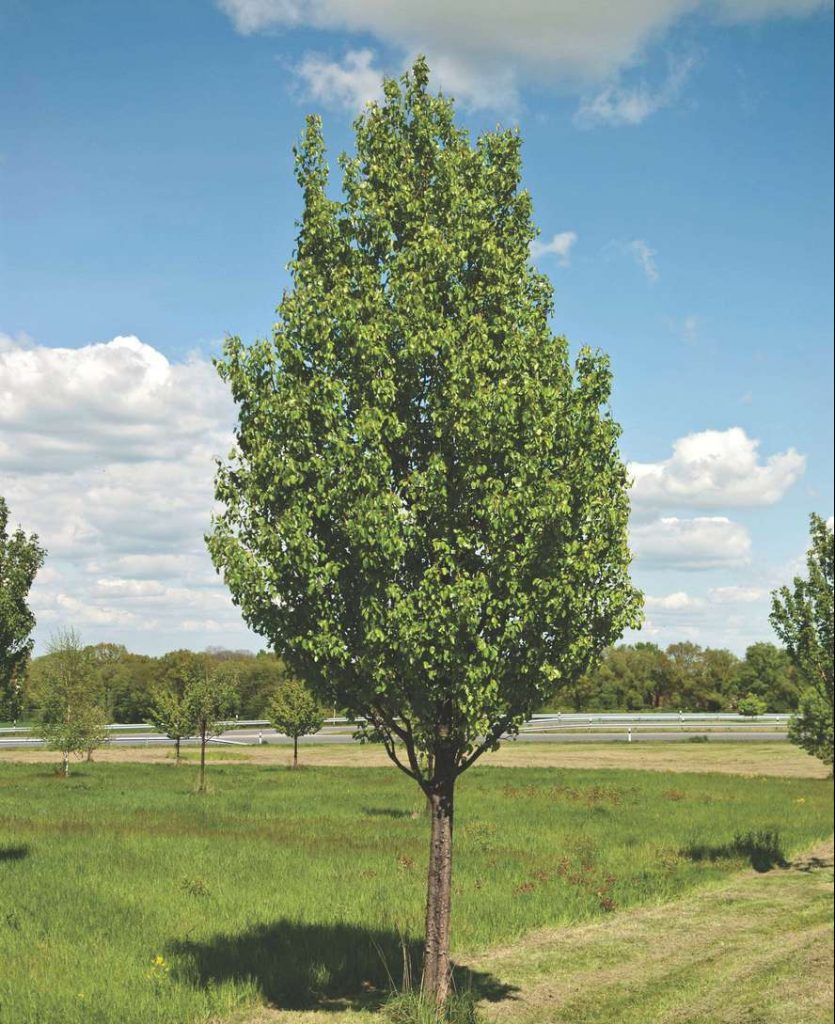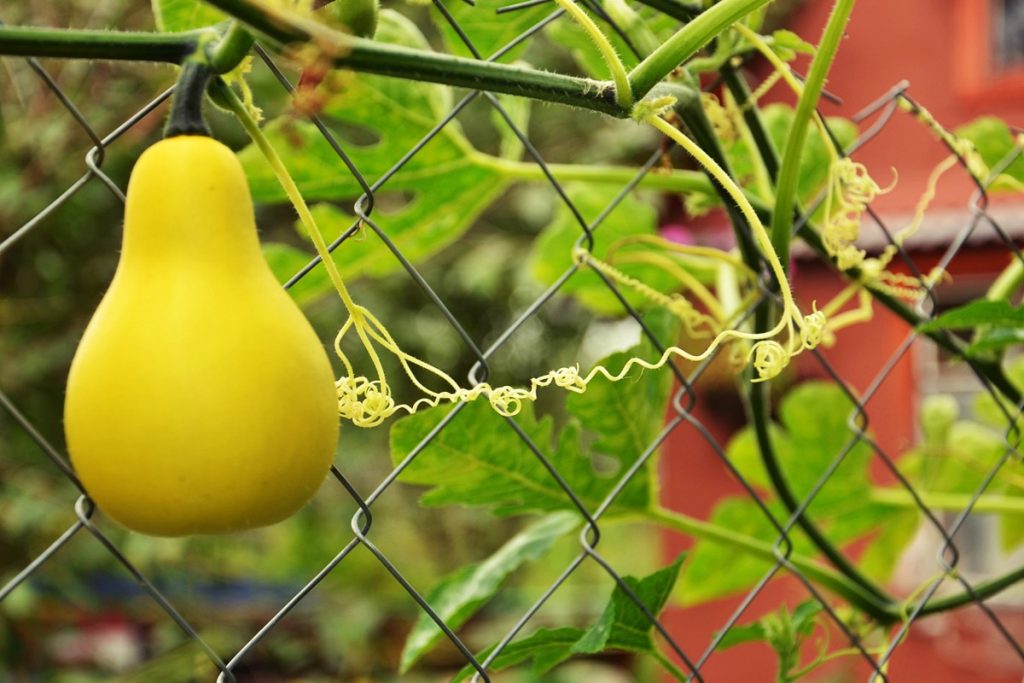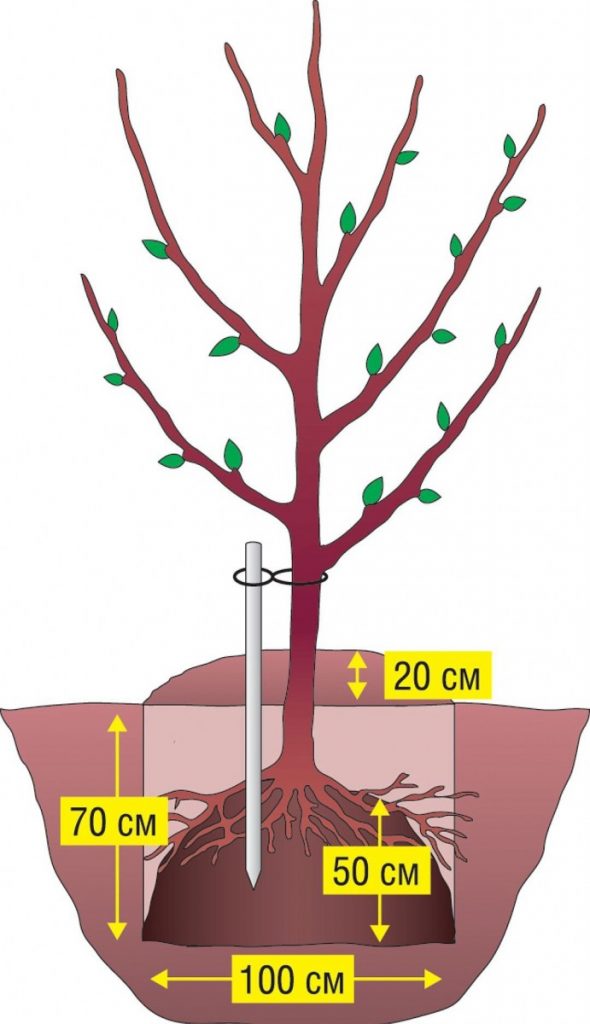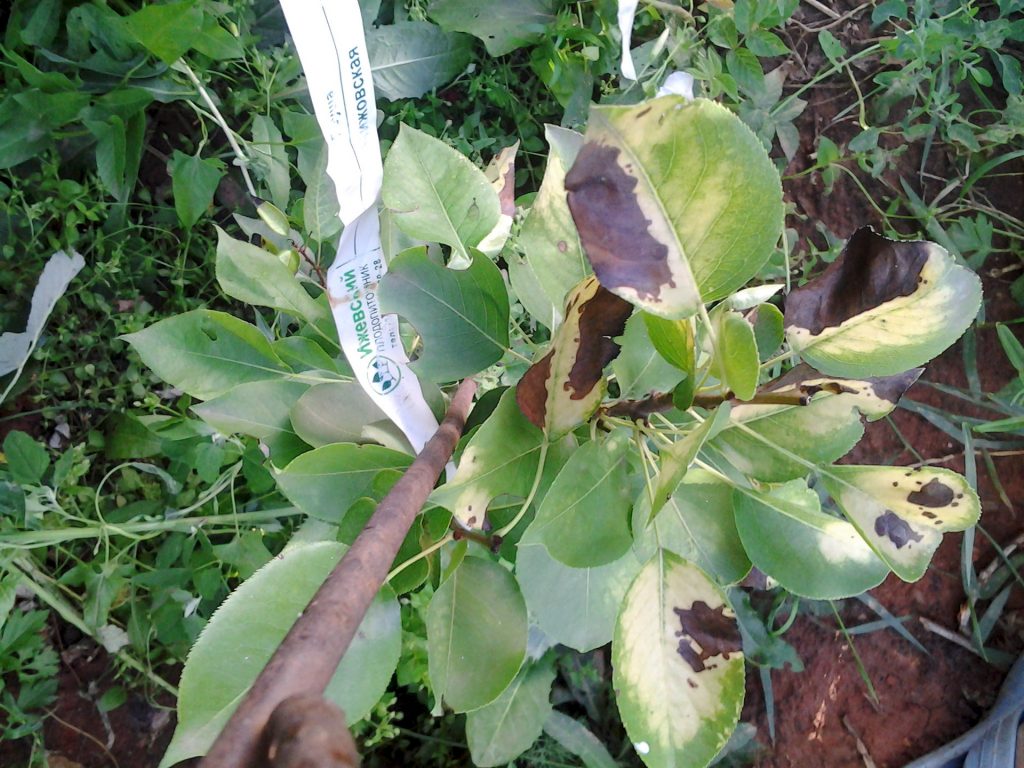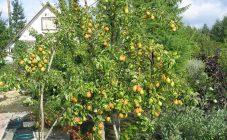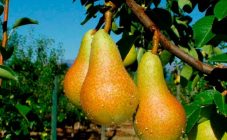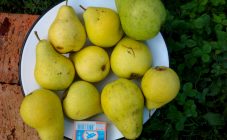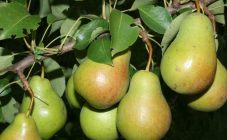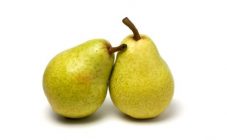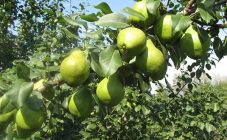Content:
Many gardeners, equipping their site, taking into account landscape design techniques, plant unusual plants. Among these, the decorative pear has proven itself well. What kind of plant it is and how to plant it will be discussed below.
Basic information
The homeland of the pear with such an intriguing name is China. However, in the vastness of Russia, the decorative pear did not particularly take root due to the peculiarities of its care.
The decorative curly pear is very fond of sunny areas. It is not winter-hardy, so it cannot be grown in regions with a harsh climate. The culture is represented by perennials, but there are also annual varieties.
Decorative Chinese pears have many varieties that differ in the color of the green mass, the size of the fruit, and appearance. The most famous varieties are Ivolistnaya, Beach Hill, Bradford.
Annual curly
Any attempt to find a bindweed pear is ineffective. Gardeners are confused by a special variety of pumpkin, which is very similar to a pear. Like all pumpkins, the pear-shaped cultivar is a vine. The decorative annual loach is used to decorate fences, fences, columns. Beautiful looking pumpkin pears decorate the territory.
Description of culture
This variety is also called nut or flowering. She represents the Rosaceae family. The trees are perfectly adapted to urban conditions. On the decorative pear in the spring, delicate white very large flowers bloom, fragrant with a pleasant and strong aroma. A blossoming tree resembles a bouquet.
Unlike flowers, the fruits are very modest, small, dark brown in color. They have no nutritional value, because they are not stored, they cannot be preserved, they taste bitter. After the foliage falls, pears hang on the branches for a long time, being a kind of decoration.
The trees have an amazing and attractive appearance due to the beautiful carved leaves. The graceful crown is a real decoration of parks, squares, arches of arbors.
Ornamental pear varieties
For the design of recreation areas, different varieties of decorative pear are used.
Caliera Chaanticler
This is the most famous variety that came from China. In their homeland, trees grow in forests, groves, rise above the banks of rivers.
The pear is distinguished by its rapid growth, adding 40 cm each year. Its crown has a regular conical shape, over the years it turns into a wide pyramidal one. Dark green shiny leaves bloom early, and change their color from November.
Flowers begin to bloom in April at the same time as the leaves, but sometimes flowering is somewhat ahead of their appearance. The fruits that appear are quite edible, but the taste is very low.
Chantikler is not afraid of polluted air, therefore it is actively planted in cities.
Calleri Bradford
This variety is native to the USA. It is distinguished by its large size, in which the trunk diameter reaches 9 m and the height is 12 m.The symmetrical pyramidal crown is very dense and compact. Oval dark green large leaves with a glossy surface acquire shades from orange to purple in autumn.
Abundant flowering at Bradford begins in late March. The flowers are very beautiful and quite large. The resulting fruits are inedible. The decorative pear has a short growing period - only up to 25 years.
Willow
A very unpretentious plant found in the wild in the Caucasus and Asia. It is also cultivated artificially. The tree easily tolerates dense moist soils and grows on salty soils. The only whim of the Willow Pear is the absence of gusty cold winds and the love of light.
The willow pear grows very slowly. Its crown resembles a spreading tent. In May, the tree blooms with large flowers collected in shields.
The tree has a high frost resistance, easily tolerates forced drought. Due to the pear's ability to withstand gas pollution and dustiness, cities are willingly greened with it.
Beach Hill
In the wild, this pear can be found in Asia Minor, in Europe. A distinctive feature of the variety is a powerful structure of branches and a narrow pyramidal crown.
Large, bright green leaves fit tightly around the branches. In autumn they turn yellow and orange.
The tree blooms in May. The flowers are large, fragrant. The pears themselves taste sour with an unpleasant astringency. The city conditions do not bother the pear, and it takes root pretty well in parks and squares.
The tree does not differ in frost resistance, and for the most part it is grown in the southern regions. The plant lives up to 150 years.
Cultivation of decorative pear
You can grow a tree from a cutting, from a seed, or by grafting. The willow pear can be propagated by root shoots. It seems problematic for novice gardeners to grow an unusual tree using a small seed, but it is possible.
Seed selection
In order to grow an ornamental plant from a seed, you need to be able to choose and prepare a seed correctly. Growing a seedling in an apartment is not at all difficult when you take into account some of the nuances.
The bones are removed from the ripe fruit and poured over with hot water. Having washed the required amount of seed in this way, it is well dried and, packed in an airtight bag, is removed to the refrigerator until spring.
Ground and site selection
The next stage of preparation is the selection of soil and the preparation of a permanent place on the site. Any plant is actively developing in fertile soil. Swampy places with expected moisture stagnation are not suitable for a decorative pear seedling. Drafts are contraindicated for a tree; this should be taken into account when choosing a place.
This species should be planted in lighted places, light partial shade is acceptable. The soil is optimal sandy loam, at least loamy.
Seed preparation
Seeds are taken out of the refrigerator, spread to warm up to room temperature. Then the grains are soaked in warm water for 3 days, changing it daily. On the last day, any of the available growth stimulants is added to the water. After that, the seeds are stratified for better germination.
The mixture is prepared from perlite, river sand, coconut substrate and raised silt. It is moistened and pear grains are spread on top. Covering the container with seeding material with a film, put it in the refrigerator for 80-90 days. In the future, you need to check the moisture level in the container and make sure that the seeds do not rot.
When the seeds germinate, they should be planted in a nutritious soil. When 4 pairs of leaves appear, the seedlings dive.
Planting a tree
Planting a decorative pear is not much different from planting other trees. An annual seedling is planted in the spring so that it takes root well by winter.
The planting pit is filled with a fertile mixture and mineral additive. The root is examined, the damage is removed. The seedling is covered with care, carefully handling the root system. For reliability, a peg is installed and the tree is fixed.The near-trunk circle is watered, mulched.
Further care
They take care of the standard way: pruning, watering, feeding, loosening.
Ornamental pears are very fond of sprinkling, especially the willow pear. Fertilizer is applied every 3 years, but if the soil is too poor, then feeding is done annually.
The formation of the crown in trees is natural, but if desired, you can give the shape corresponding to the design. Sanitary pruning is done at the beginning and end of the season.
Pests and diseases
Ornamental pear is almost a wild plant, therefore it has good immunity to diseases. However, systematic chemical treatment is still needed. Of all diseases, the tree can sometimes be threatened by black spot, leaf curl and fire blight.
Bacterial burn
Because of this disease, the beautiful leaves of an ornamental pear look like after a fire. The disease is caused by microorganisms of the Enterobacteriaceae family.
A bacterial burn is treated with copper-containing preparations, and the removal of all affected parts of the tree is also required.
Brown spot
The Entomosporium fungus is active in spring and autumn. The first sign of its presence on a plant is the presence of red spots on young leaves. Over time, they turn gray, then blacken and spread throughout the green mass.
Get rid of the fungus with topaz, phytosporin-M.
Curly leaves
Such a disease is extremely rare, but the harm it causes is enormous. The tree can lose all its green mass.
The leaves begin to thicken, acquire curliness, turn red-yellow. To protect the ornamental pear, immediate pruning of diseased areas and subsequent burning is required.
To prevent the disease, the plants are treated with copper sulfate before bud break.
If you take into account all the nuances of growing a crop, and also choose a suitable variety, as a result, an unusual plant will grow to the envy of all neighbors on the site!
